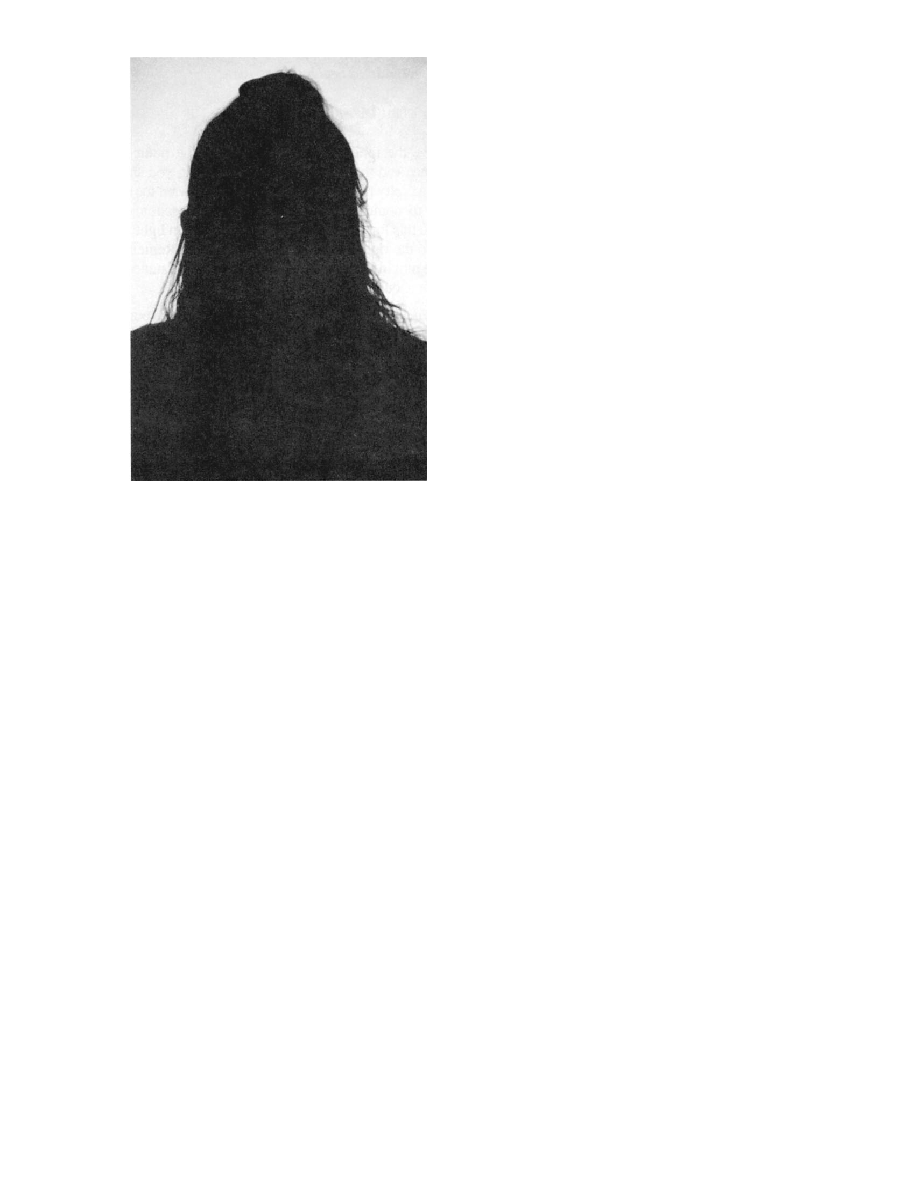
DOFMaster
for Windows
On-line
Depth of Field
Calculator
DOFMaster for Mobile Devices
On-line
Depth of Field
Table
Hyperfocal
Distance Chart
Articles
FAQ
Recommended
Books
Support
Contact
Links
Home
for Windows
On-line
Depth of Field
Calculator
DOFMaster for Mobile Devices
On-line
Depth of Field
Table
Hyperfocal
Distance Chart
Articles
FAQ
Recommended
Books
Support
Contact
Links
Home
As an Amazon Associate I earn from qualifying purchases.
![]()
light in each eye, and it should be high in the iris of the
eye. For broad lighting, the catch light should be
for short lighting should create a catch light at
approximately the 1 o'clock position.
portraits. To refresh your memory on how to establish
lighting ratios, refer to chapter 5.
on a low stand midway between the background and the
subject. When adjusted correctly, the background light
provides good tonal separation between subject and
background should not normally be greater than the
intensity of the light from the main light falling on the
of the light on the background, you can control the tone
or color reproduction of the background in the finished
print.
of light as the subject's face. When taking portraits for
use on a roster board, you want the tone and color of the
background to be consistent. When the backgrounds
vary in color, the roster board does not appear uniform,
and the attention of the viewer is distracted.
to determine its effect without the interference of the
the background directly behind the head and gradually
the background light is set in this manner, it separates
the head from the body and draws the viewer's attention
to the subject's face.
small lighting unit placed on a boom so it shines down
from above and behind the subject. It is used to lighten
the hair (or hat) and shoulders, add detail to the hair, and
separate the subject from the background, presenting the
illusion of a third dimension (fig. 7-8).
hair (or hat) but also by the amount of sheen the hair has.
It should be used from an angle about 6 to 8 feet high
and from a position close to the center of the subject area
without the light stand or boom showing in the picture.
Light from this unit should not be allowed to spill over
onto the forehead or tip of the nose. The hair light
normally has a snoot attached so light from it does not
strike the camera lens.
film exposure, but it could influence your meter.
Basic Photography Course

As an Amazon Associate I earn from qualifying purchases.
WWW.DOFMASTER.COM
© 2006 Don Fleming. All rights reserved.
© 2006 Don Fleming. All rights reserved.